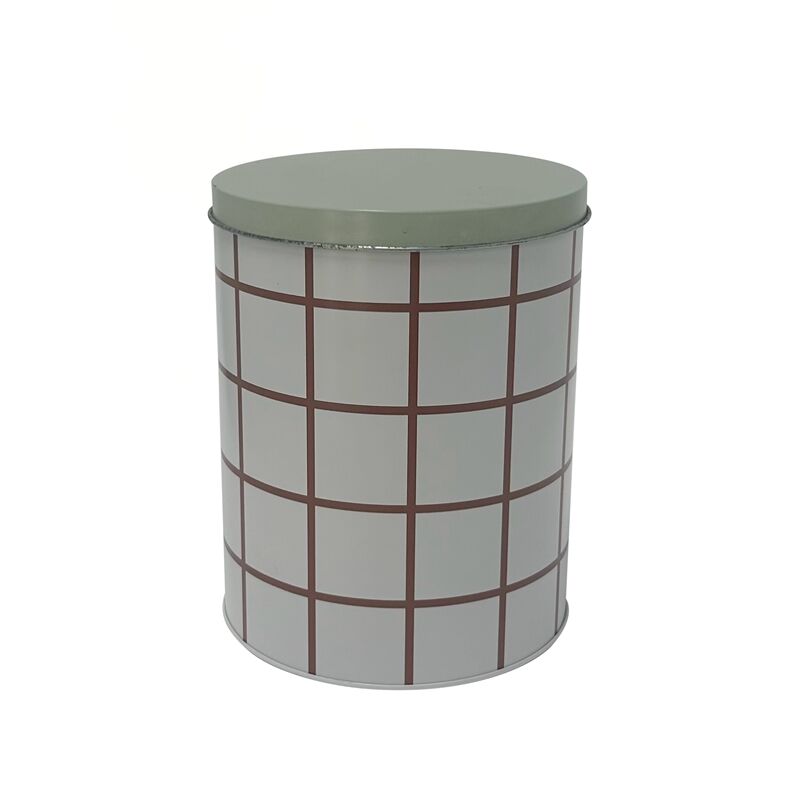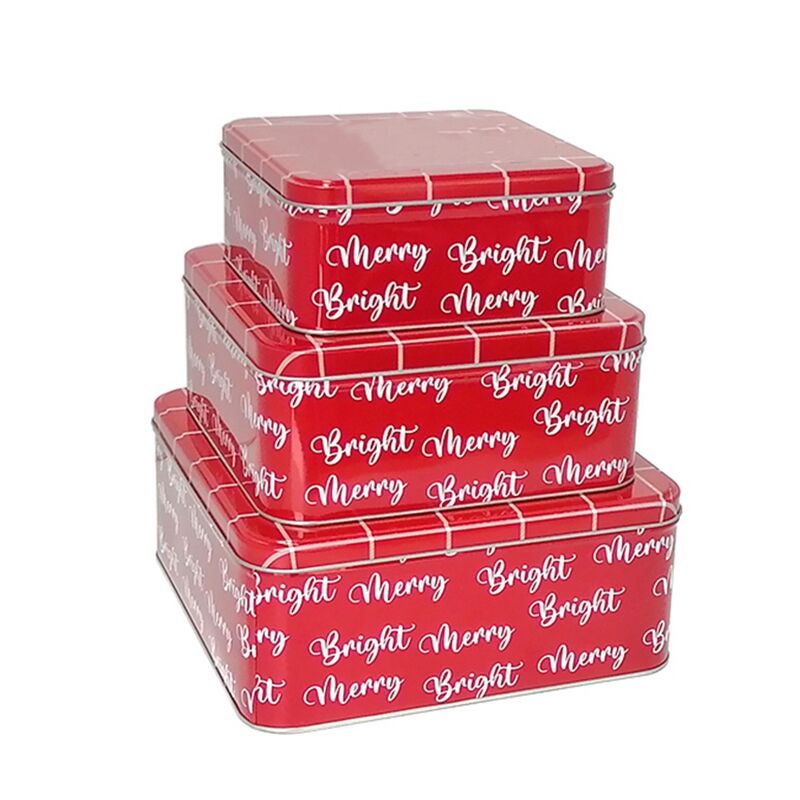Mastering Long-Term Food Storage with Metal Containers
The art of preserving dry goods has been perfected over centuries, with tin can storage emerging as one of the most reliable methods. Understanding proper storage techniques can mean the difference between food that lasts for months versus years. Modern food preservation methods have evolved significantly, yet the humble tin can remains a cornerstone of effective long-term storage solutions.
Whether you're preparing for emergencies, reducing food waste, or simply organizing your pantry more efficiently, mastering the proper use of tin can storage will significantly impact your food's longevity. This comprehensive guide will explore the most effective methods, essential tips, and professional insights into maximizing the preservation of your dry goods.
Understanding Tin Can Storage Fundamentals
The Science Behind Metal Preservation
The effectiveness of tin can storage lies in its ability to create an impenetrable barrier against environmental factors. When properly sealed, a tin can prevents moisture, light, and air from degrading the stored contents. The metal construction provides excellent protection against pests and physical damage, while the airtight seal maintains optimal preservation conditions.
The material composition of a tin can plays a crucial role in food preservation. Modern cans feature a protective coating that prevents direct contact between the metal and stored goods, eliminating the risk of metallic contamination. This innovation has significantly enhanced the safety and reliability of long-term food storage.
Optimal Environmental Conditions
Creating the right environment for your tin can storage is essential for maximizing preservation. The ideal storage temperature ranges between 50-70°F (10-21°C), with minimal temperature fluctuations. Humidity levels should be kept below 15% to prevent external rust formation and maintain the integrity of the container.
Location selection proves equally important. Store tin cans in a dark, cool area away from direct sunlight and heat sources. Basements and pantries often provide ideal conditions, but ensure proper ventilation to prevent moisture accumulation. Consider using dehumidifiers in particularly damp storage areas to maintain optimal conditions.

Preparation Techniques for Extended Storage
Proper Cleaning and Inspection
Before using any tin can for storage, thorough inspection and preparation are crucial. Examine each container for dents, rust spots, or damage to the seams. Even minor imperfections can compromise the can's integrity and lead to preservation failures. Clean the exterior with mild soap and water, ensuring complete drying before use.
Pay special attention to the rim and lid areas, as these are critical for maintaining an airtight seal. Any residual moisture can lead to rust formation or seal deterioration. Using food-grade desiccant packets can provide additional protection against moisture buildup inside the container.
Food Selection and Processing
Not all dry goods are equally suited for tin can storage. Select items with moisture content below 10% to prevent spoilage. Common suitable items include grains, beans, pasta, and dehydrated vegetables. Process foods appropriately before storage, including thorough drying and pest elimination through freezing or heating.
Consider breaking down larger quantities into smaller portions across multiple tin cans. This approach prevents repeated opening of a single container and maintains better preservation of the remaining contents. Label each tin can with contents and packaging date for proper rotation.
Advanced Storage Strategies
Oxygen Absorption Methods
Implementing oxygen absorption techniques significantly extends storage life. Professional-grade oxygen absorbers, when properly sized for your tin can volume, remove residual air that could lead to oxidation or support microbial growth. Calculate absorber requirements based on container size and food type to ensure effective results.
The timing of oxygen absorber placement is crucial. Work quickly when sealing containers to minimize exposure to fresh air. Consider using multiple smaller absorbers rather than one large one for more even distribution throughout the container. Always keep spare absorbers in airtight containers to maintain their effectiveness.
Sealing and Verification
Proper sealing techniques make the difference between successful and failed long-term storage. Use food-grade gaskets or sealing compounds when necessary to ensure airtight closure. Verify seal integrity through visual inspection and listening for the characteristic vacuum seal 'pop' when opening.
Regular monitoring of stored tin cans helps identify potential issues before they become serious problems. Implement a rotation schedule and inspection routine to maintain optimal storage conditions and food quality. Document any observations to refine your storage methods over time.
Frequently Asked Questions
How long can dry goods last in properly sealed tin cans?
When stored under optimal conditions with proper preparation, dry goods in tin cans can last 20-30 years. However, factors such as initial food quality, storage conditions, and container integrity significantly influence actual shelf life. Regular inspection and proper rotation practices help maintain maximum longevity.
What are the best types of tin cans for long-term storage?
Food-grade tin cans with protective interior coatings provide the best results for long-term storage. Look for containers with double-seamed bottoms and secure, resealable lids. Premium-quality cans may cost more initially but offer superior protection and longer service life.
Should you add desiccants to tin cans with dry goods?
Using food-grade desiccants in tin can storage can provide additional protection against moisture, especially in humid environments. However, ensure proper desiccant selection and placement to avoid contact with stored foods. Silicon-based desiccants are generally preferred over other types for food storage applications.

 EN
EN
 AR
AR BG
BG HR
HR CS
CS DA
DA NL
NL FI
FI FR
FR DE
DE EL
EL IT
IT JA
JA KO
KO NO
NO PL
PL PT
PT RO
RO RU
RU ES
ES SV
SV CA
CA IW
IW ID
ID LV
LV LT
LT SR
SR SK
SK SL
SL UK
UK VI
VI SQ
SQ HU
HU TR
TR FA
FA MS
MS GA
GA CY
CY LA
LA